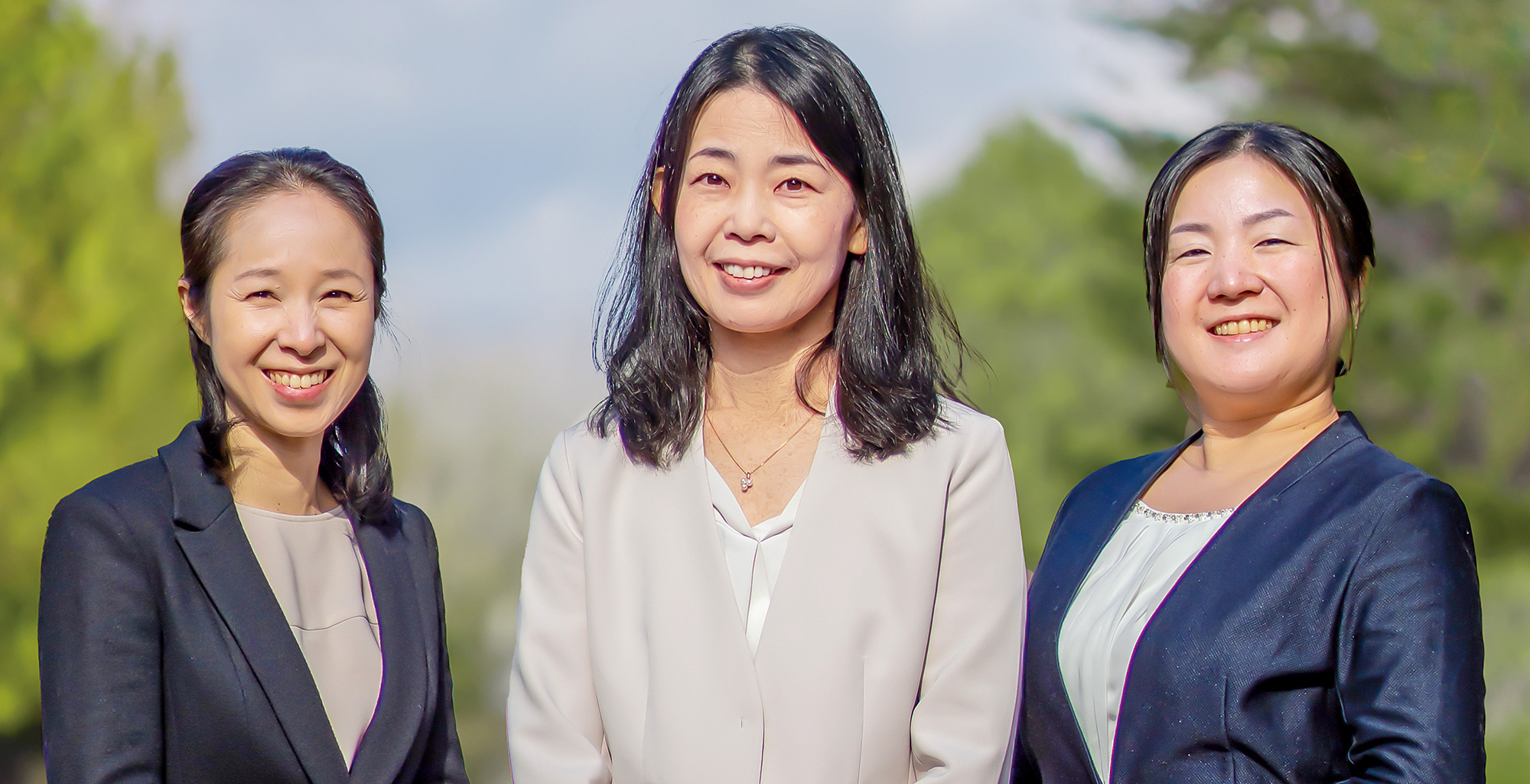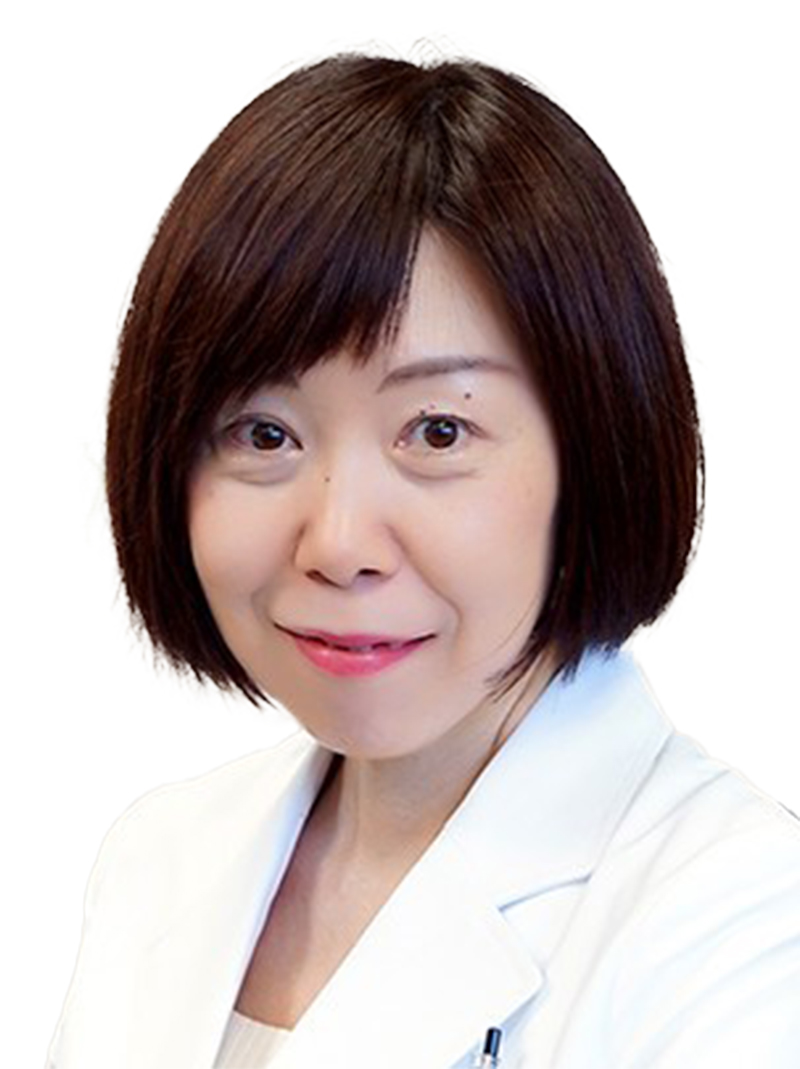This section provides an overall picture of the KUSNoKI project.
Click here to see Greetings from KUSNoKI members.
Click here to see the History of KUSNoKI activities

Philosophy of the KUSNoKI Project

KUSNoKI projects’ 4 Pillars
◆ Work flexibly, Connect comfortably
~ Aiming for Work-Life Integration and Well-being ~
The Kyoto University “KUSNoKI Project” has been launched after being adopted by the Ministry of Health, Labor and Welfare (MHLW) in FY2023 as the project to support medical professionals of the child-rearing generation. This project will develop activities to further promote various career support, childcare support, and gender equality that Kyoto University has been working on.
The project has four pillars: Career Support, Work & Life Support, Reinstatement Support, and Public Awareness Support. The first aim is to establish a support system that is accessible to all, primarily targeting medical professionals enrolled in Kyoto University Graduate School of Medicine, Faculty of Medicine, and Kyoto University Hospital. Specifically, we will work with related organizations within Kyoto University and the Kyoto Medical Association to promote awareness and expansion of existing efforts while implementing new initiatives.
We also aim to realize a sustainable medical community where everyone can work in their own way, and where everyone can contribute to well being of patients, their families, and the community without difficulty, and to expand the concept of Work-Life Integration and Well-Being throughout Japan. Kyoto University will disseminate the concept of Work-Life Integration and Well-Being throughout Japan. We hope to establish a society in which it is natural to “work flexibly, connect comfortably”.
Thoughts behind the Project Name
We named our project KUSNoKI after the camphor tree, which is the symbol of Kyoto University.
【KUSNoKI】
Kyoto University hospital Supporting Network of Keeping up career and Innovation
The camphor tree, from which the project name was derived, has following characteristics.
- It grows quickly and becomes a large tree.
- Long-lived (more than 1,000 years)
- Its branches are flexible and wind-resistant.
- As a resource it wood is resistant to insect damage and decay, and is water-resistant (highly durable).
- Its bark has a pleasant aroma, and the fragrance has a relaxing effect.
- Camphor, extracted from the leaves and branches, is effective in insect protection, deodorization, also medicinally as anti-inflammatory and pain relief, and when used externally, it is effective in treating neurological disorders, contusions, frostbite, and skin diseases.
We hope to grow into an inclusive project that, like the camphor tree, has the strength and flexibility to provide gentle shade, to lean on, and sometimes to cheer and support.

Management Structure and Organization
◆ Organization Chart ◆
- Under construction –
◆ About Management Structure ◆
The KUSNoKI Project, which started in FY2023 mainly at Kyoto University Graduate School of Medicine, will extend its activities with the establishment of a contact point at the Faculty of Medicine Hospital in FY2024.
We are a small group, so we may not be perfect in some areas, but we will do our best to make your daily life more comfortable and personal, and to grow together with you.
We look forward to working with you.

All of us at KUSNoKI PROJECT
(From left to right: Tokinobu, Kataoka, Murata)
Click here to see Greetings from KUSNoKI members.
Click here to see the History of KUSNoKI activities










